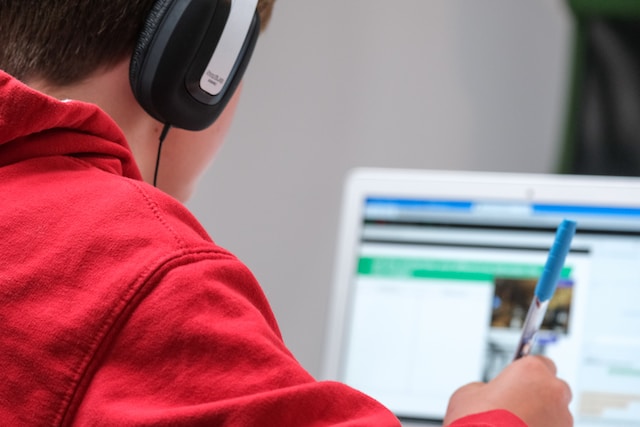Provided by Kelly Reed
It isn't a secret that online learning has disrupted traditional physical classes. While its adoption primarily increased during the pandemic, it offers unprecedented accessibility, flexibility, and personalized learning experiences.

Online learning has also shattered the previously limiting geographical boundaries, enabling students with internet connections to access courses and EdD programs from various institutions globally. That said, will virtual classes fully replace physical classes? Online courses may or may not entirely replace physical classes. This depends on the following factors.
The biggest differentiator between online learning and physical classes is the student's preferred learning styles and preferences. Students have different learning abilities. As such, the success of online and physical learning primarily depends on the learning capabilities of students.
Virtual learning offers different multimedia formats, including textual content, videos, and interactive quizzes, which suit students with diverse learning styles. This approach to learning best suits auditory, kinesthetic, and visual learners.
Online learning allows students to choose and control their learning environments. For instance, introverts can contribute anonymously in online discussions, while extroverted students thrive in collaborative platforms and group projects.
Switching to online learning highly depends on the subject matter. Learning virtually isn't suitable for all topics. Some units, such as laboratory science and fine arts, require hands-on experience and physical interactions between tutors and students.
Students get to develop various skills through experimentation in physical labs. The same can't be done online. Artistic subjects also require in-person guidance and physical materials. On the other hand, students can learn mathematics, literature, and other theoretical subjects effectively online.
Adopting online learning also impedes social interactions, which were enabled with traditional physical classes. Even though learning online offers accessibility and flexibility to students, there are challenges in replicating collaborative experiences and social dynamics previously experienced in physical courses.
Physical classes allow students to interact spontaneously, discuss, debate, and exchange perspectives. Face-to-face interaction boosts teamwork and interpersonal skills among students. Unfortunately, online learning platforms can't match this experience, even with the introduction of virtual group projects and discussion forums. Virtual learning lacks nonverbal cues and hinders deep engagements and connections provided by physical classes.
The extent of disruptions caused by adopting online learning closely depends on the available technical infrastructure. The success of online studies heavily relies on access to reliable internet, a laptop or desktop, and relevant software.
Online educational opportunities won't be challenging in areas with developed digital infrastructure. However, students from regions with limited internet access and other relevant technologies won't enjoy the benefits of virtual learning.
That aside, technical issues, especially hardware limitations, software incompatibility, and connectivity disruptions, impede online learning. As such, unless policymakers and learning institutions address these challenges, transitioning to virtual learning is impossible.
Unfortunately, online learning can't replace physical classes fully. Though beneficial, online learning faces a lot of impediments that hinder total adoption. For instance, it isn't suitable for all learning contexts. Nonetheless, online education has made significant strides, and students can achieve more by combining both learning approaches.
Writing systems | Language and languages | Language learning | Pronunciation | Learning vocabulary | Language acquisition | Motivation and reasons to learn languages | Arabic | Basque | Celtic languages | Chinese | English | Esperanto | French | German | Greek | Hebrew | Indonesian | Italian | Japanese | Korean | Latin | Portuguese | Russian | Sign Languages | Spanish | Swedish | Other languages | Minority and endangered languages | Constructed languages (conlangs) | Reviews of language courses and books | Language learning apps | Teaching languages | Languages and careers | Being and becoming bilingual | Language and culture | Language development and disorders | Translation and interpreting | Multilingual websites, databases and coding | History | Travel | Food | Other topics | Spoof articles | How to submit an article
[top]
You can support this site by Buying Me A Coffee, and if you like what you see on this page, you can use the buttons below to share it with people you know.

If you like this site and find it useful, you can support it by making a donation via PayPal or Patreon, or by contributing in other ways. Omniglot is how I make my living.
Note: all links on this site to Amazon.com, Amazon.co.uk
and Amazon.fr
are affiliate links. This means I earn a commission if you click on any of them and buy something. So by clicking on these links you can help to support this site.
[top]